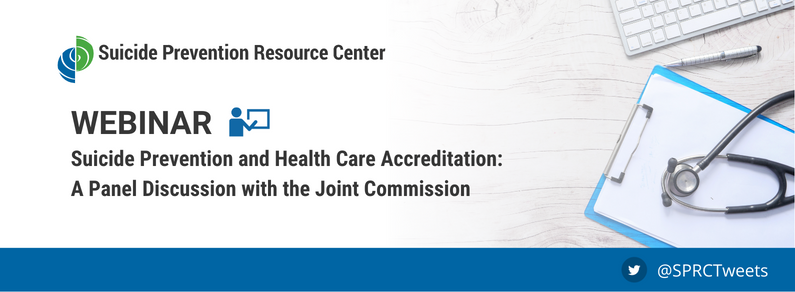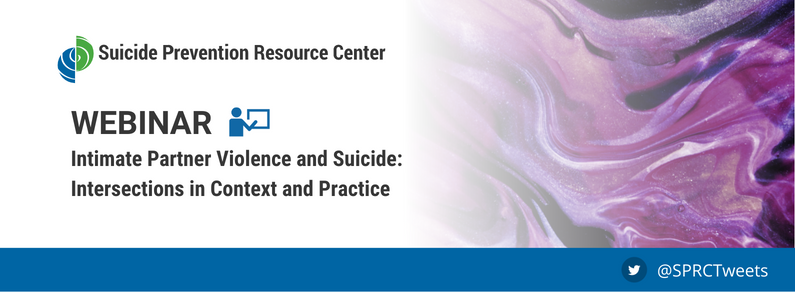Health care systems play an integral role in suicide prevention. Data show that 83% of people who die by suicide have seen a health care provider within a year preceding their death.In 2012, the U.S. Surgeon General and the National Action Alliance for Suicide Prevention published a revised national strategyrecognizing the important role health care systems and health care providers have in suicide prevention. The report called on health care systems to make suicide prevention a “core component” of their work. The report also led to the development and wide adoption of the Zero Suicide framework, a quality improvement model with recommendations on values, culture, measurements, and practices that health care systems should adopt to address suicide risk.
In 2019, the Joint Commission updated its National Patient Safety Goal (NPSG) on Suicide Prevention in Healthcare Settings (NPSG 15.01.01), which aims to “improve the quality of care for those who are being treated for behavioral health conditions and those who are identified as high risk for suicide.”This goal aligns with the Zero Suicide framework and requires health systems to ensure their care includes suicide screening, risk assessments, training for staff, and safety planning. Establishing these suicide prevention practices as an accreditation requirement for health care systems was a tremendous step forward in the identification and treatment for people at risk of suicide.
This live panel discussion will focus on how to meet NPSG 15.01.01. The expert panel includes associate director Gina Malfeo-Martin, MSN, RN, of the Joint Commission; Ed Boudreaux, PhD, of the University of Massachusetts Chan Medical School; and Brian Ahmedani, PhD, of Henry Ford Health. The panel discussion will focus on addressing common questions and issues frequently encountered by agencies seeking to meet NPSG 15.01.01 and how two leading health care systems achieve and even exceed the goal.


